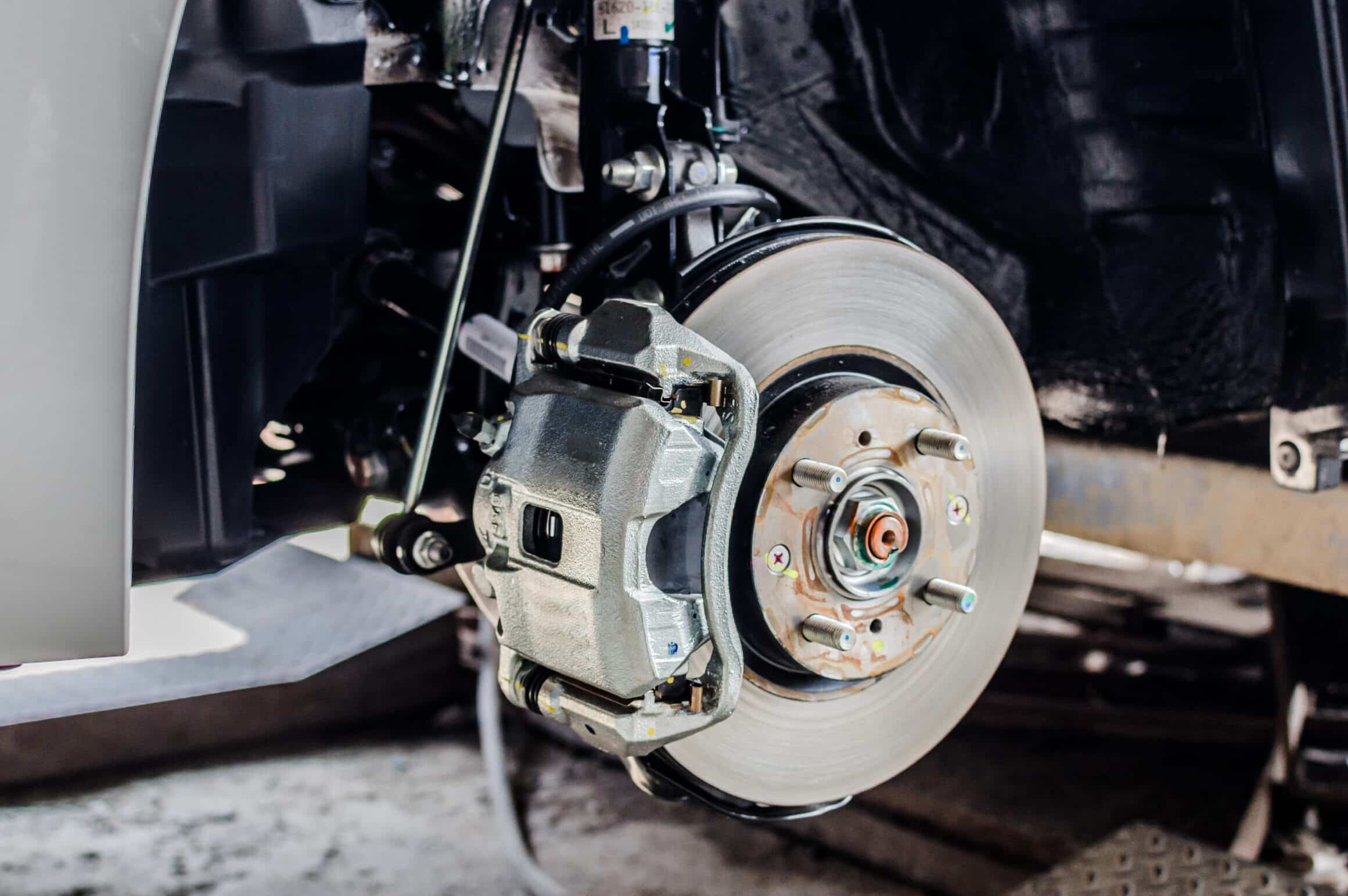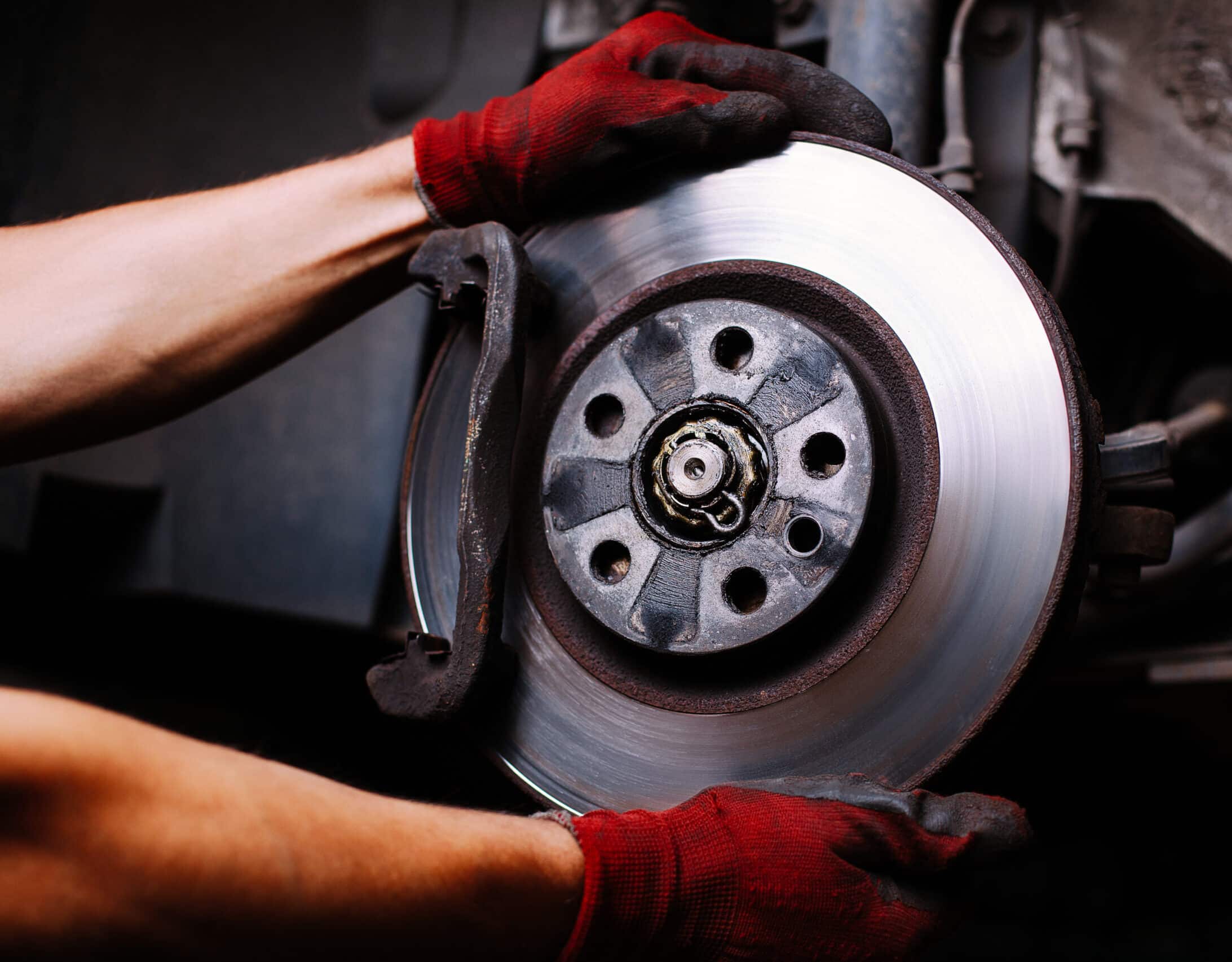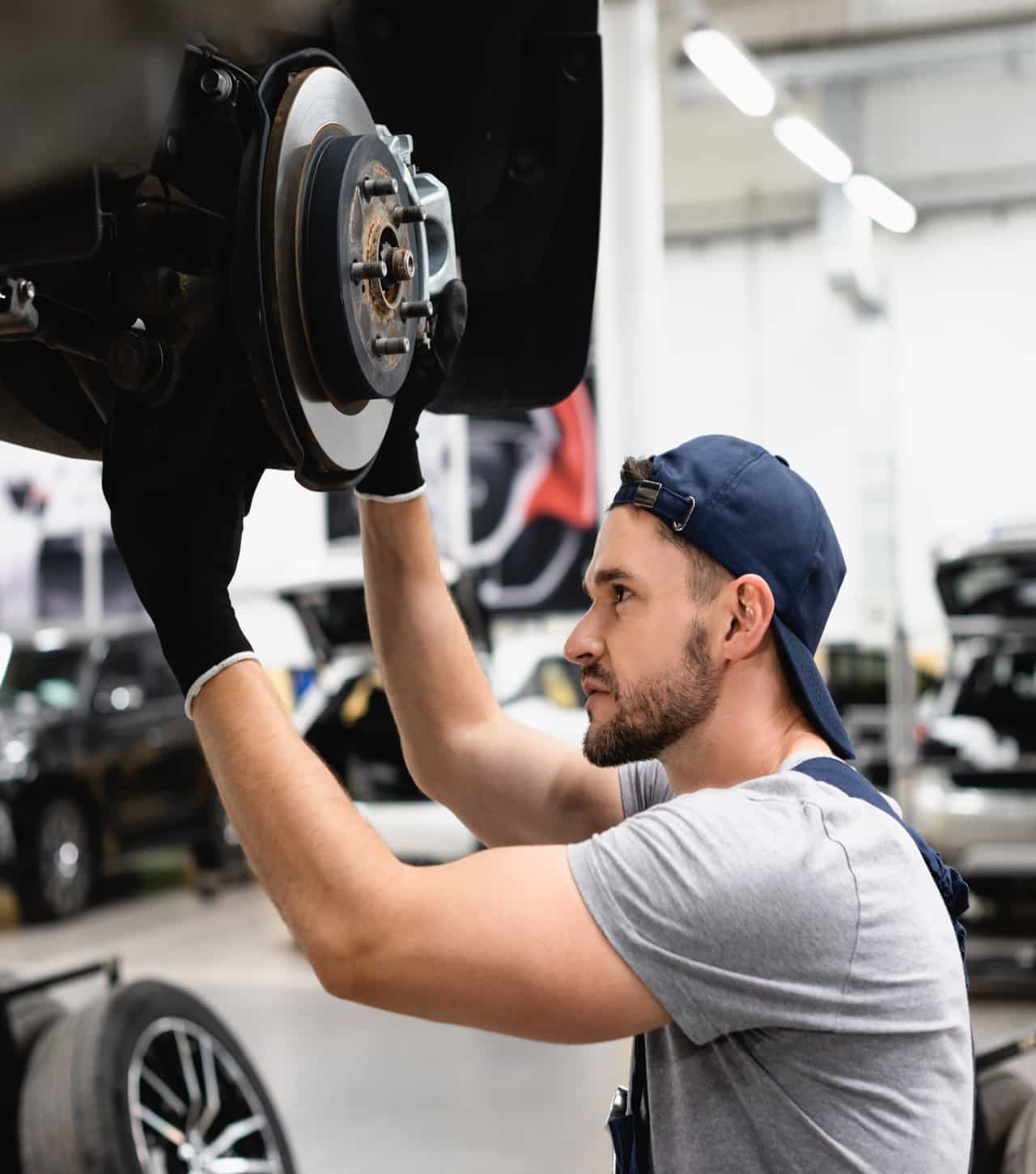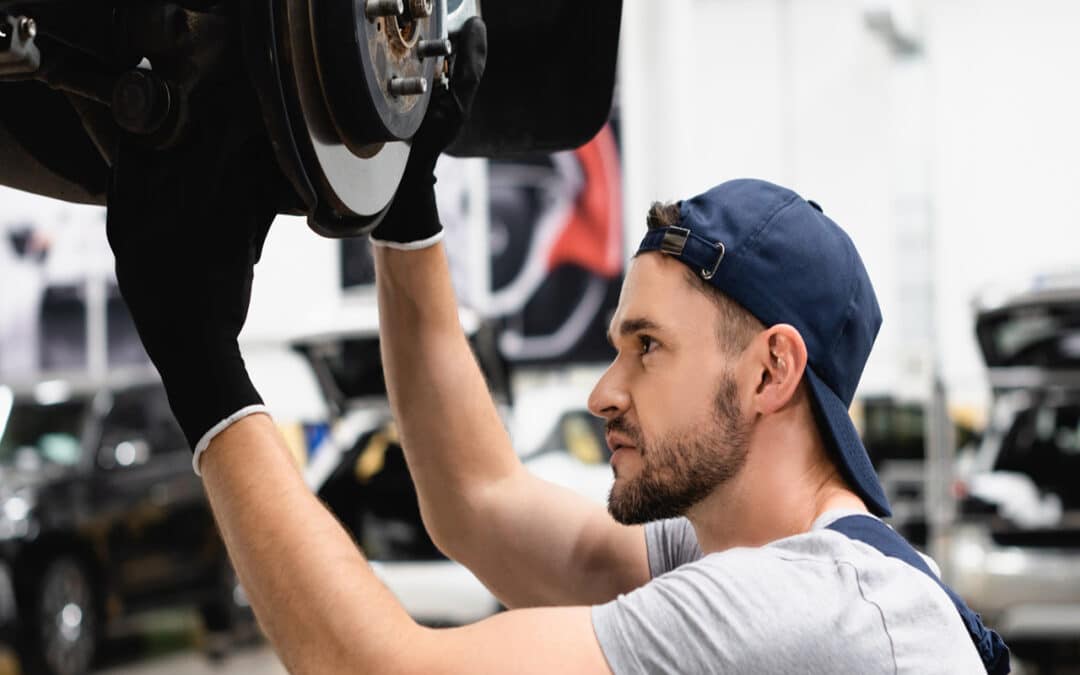Understanding Brake Repair: When and Why It’s Necessary
Imagine cruising down the highway, the wind in your hair and freedom at your fingertips—until you hear a screech and feel an unsettling vibration. Your brakes are failing, and suddenly, that carefree drive spirals into a nerve-wracking experience. Brakes are one of the most critical yet often overlooked components of vehicle safety. Regular maintenance and timely repairs can spell the difference between a smooth ride and a potential disaster. But how do you know when it’s time for a brake repair? In this comprehensive guide, we delve into the signs, reasons, and timing for essential brake maintenance.
The Anatomy of Brake Systems: What You Need to Know
To fully understand brake repair, it’s essential first to grasp the basics of brake system anatomy. The most common braking systems in vehicles are disc brakes and drum brakes. Disc brakes consist of a brake rotor, caliper, and brake pads. When you press the brake pedal, hydraulic fluid forces the brake caliper to clamp the brake pads against the rotor, creating friction that slows down the wheel’s rotation. This setup is highly effective for stopping power and is commonly found in modern vehicles. Drum brakes, on the other hand, use a brake drum and brake shoes. When you apply the brakes, the hydraulic fluid pushes the brake shoes outward against the inside of the drum, generating friction to decelerate the vehicle. While not as common in newer cars, drum brakes are still used in some rear-wheel braking systems due to their cost-effectiveness and simplicity.
Understanding these components is crucial because each part contributes to the overall functionality and safety of the braking system. Brake pads and shoes wear down over time due to constant friction, while rotors and drums can become warped or damaged. Regular inspection and timely replacement of these parts are vital to maintaining optimal braking performance. Ignoring worn or damaged components not only diminishes your car’s stopping power but also increases the risk of brake failure, which can lead to severe accidents. By familiarizing yourself with the anatomy of your vehicle’s brake system, you can better recognize when something goes wrong and take proactive steps to ensure your safety on the road.

Vehicle Brake Maintenance
Common Warning Signs Your Brakes Need Attention
Recognizing the common warning signs that your brakes need attention is crucial for maintaining vehicle safety and performance. One of the most noticeable indicators is a squealing or grinding noise when applying the brakes. This sound often signifies worn brake pads, which, if left unaddressed, can lead to more severe damage to the rotors or drums. Additionally, if you experience a vibrating or pulsating brake pedal, it could indicate warped rotors caused by excessive heat or uneven wear. Another red flag is a soft or spongy brake pedal, which may suggest air in the brake lines or a problem with the master cylinder. These symptoms should never be ignored, as they compromise your ability to stop effectively and safely.
Other critical warning signs include the car pulling to one side when braking, which can result from uneven brake pad wear or issues with the brake caliper. An illuminated brake warning light on your dashboard is also a clear signal that something is amiss in the braking system. Furthermore, if you notice a burning smell coming from your wheels after driving, it could mean your brakes are overheating, possibly due to seized calipers or overworked braking components. Paying attention to these signs and seeking prompt repair can prevent minor issues from escalating into major, costly problems. Regular brake inspections and maintenance not only ensure optimal braking performance but also enhance the safety of you and your passengers on every journey.
The Science Behind Brake Wear and Tear
Understanding the science behind brake wear and tear can help you better appreciate the importance of regular maintenance and repairing of breaks. Brake systems operate on the principle of friction, where brake pads or shoes press against a rotor or drum to slow down or stop the vehicle. This friction generates significant heat, which gradually wears down the brake components over time. The rate of wear is influenced by various factors, including driving habits, terrain, and weather conditions. For instance, frequent hard braking, driving in hilly areas, or navigating through stop-and-go traffic can accelerate brake wear. Additionally, environmental factors like moisture and road salt can contribute to corrosion, further degrading brake components.
The materials used in brake pads and rotors also play a critical role in their longevity and performance. Organic, semi-metallic, and ceramic brake pads each have different wear characteristics and performance levels. Organic pads, while quieter, tend to wear faster, especially under heavy use. Semi-metallic pads offer better durability but can be noisier and harder on rotors. Ceramic pads provide a balance of long-lasting performance and minimal noise but usually come at a higher cost. Understanding these dynamics helps in selecting the right brake components for your driving needs and ensures that you can anticipate when replacements might be necessary. Regular checks and maintenance based on your specific driving conditions can significantly extend the life of your braking system, ensuring safe and reliable performance.

Brake Repairing and Maintenance
DIY vs. Professional Brake Repair: Making the Right Choice
Deciding between DIY and professional brake repair involves weighing several factors, including your mechanical skill level, the complexity of the job, and the potential risks involved. For those with a solid understanding of automotive systems, basic brake maintenance tasks such as changing brake pads or bleeding the brake lines can be manageable and cost-effective. DIY repairs allow you to save on labor costs and complete the work on your own schedule. However, these tasks require proper tools, knowledge of safety protocols, and access to quality replacement parts. Mistakes in brake repairs can lead to significant safety hazards, making it essential to ensure that you’re fully confident and competent in your abilities before attempting any work.
On the other hand, opting for professional brake repair offers peace of mind and guarantees that the job is done correctly. Professional mechanics have the expertise, experience, and specialized equipment necessary to diagnose and fix a wide range of brake issues, from simple pad replacements to more complex problems like caliper malfunctions or ABS system failures. They can also identify underlying issues that might not be apparent to the untrained eye, preventing potential future problems. While professional services come at a higher upfront cost, they provide assurance of quality and safety, which is paramount when dealing with such a critical component of your vehicle. Ultimately, choosing between DIY and professional brake repair depends on your comfort level with automotive work and the specific needs of your braking system.
Cost Implications of Ignoring Brake Repairs
The cost implications of ignoring brake repairs can be significant, both financially and in terms of safety. Initially, the expenses might seem minor, with just a slight squeal or a bit of vibration indicating wear and tear. However, these small issues can quickly escalate into much larger problems. Worn brake pads, for instance, can lead to damaged rotors, which are far more expensive to replace than pads alone. Additionally, neglecting brake maintenance can cause calipers to seize, leading to uneven braking and increased wear on other components. The longer these issues are ignored, the more extensive—and costly—the repairs become, transforming what could have been a simple fix into a major overhaul.
Moreover, the financial burden extends beyond repair costs. Faulty brakes can significantly increase the risk of accidents, leading to potential medical expenses, increased insurance premiums, and legal liabilities. The safety hazards posed by ineffective braking systems cannot be overstated; compromised stopping power puts you, your passengers, and other road users at risk. Investing in regular brake maintenance and timely repairs not only preserves your vehicle’s performance but also helps avoid the steep financial and personal costs associated with brake failure. In the end, proactive brake care is an investment in both your wallet and your well-being, ensuring safety and reliability on every drive.

Professional Brake Repairing Service
Preventive Measures: Extending the Life of Your Brakes
Taking preventive measures to extend the life of your brakes is essential for maintaining vehicle safety and performance. One of the simplest yet most effective ways to prolong brake life is by adopting smooth and cautious driving habits. Abrupt stops and aggressive braking generate excessive heat and friction, which can accelerate wear on brake pads and rotors. Instead, anticipate stops by coasting and gently applying the brakes. Regularly checking and maintaining proper tire inflation also aids in reducing the strain on your braking system, as under-inflated tires can cause uneven wear and increase stopping distances. Additionally, removing unnecessary weight from your vehicle can lessen the load on the brakes, further extending their lifespan.
Routine maintenance checks are another critical component of brake care. Regularly inspect brake pads, rotors, and fluid levels to catch signs of wear before they become severe issues. It’s advisable to have your brakes serviced by a professional periodically, even if no problems are apparent, to ensure all components are functioning correctly and efficiently. Keeping your brake fluid clean and at the correct level is also vital, as contaminated or low fluid can impair braking performance. By incorporating these preventive measures into your vehicle maintenance routine, you can significantly enhance the durability and reliability of your braking system, ensuring safer and more cost-effective driving experiences.
Conclusion
Taking care of your vehicle’s brakes is not just about preserving its performance; it’s about ensuring your safety and that of others on the road. By understanding the anatomy of brake systems, recognizing warning signs, and making informed decisions about repairs, you can avoid the pitfalls of brake failure. Whether you choose to manage minor repairs yourself or rely on professional services for brake repairing, being proactive in brake maintenance can save you from costly repairs and dangerous situations. So next time your brakes hint at trouble, listen carefully and act promptly—your safety depends on it.
https://www.google.com/maps?cid=6320892374453977035

